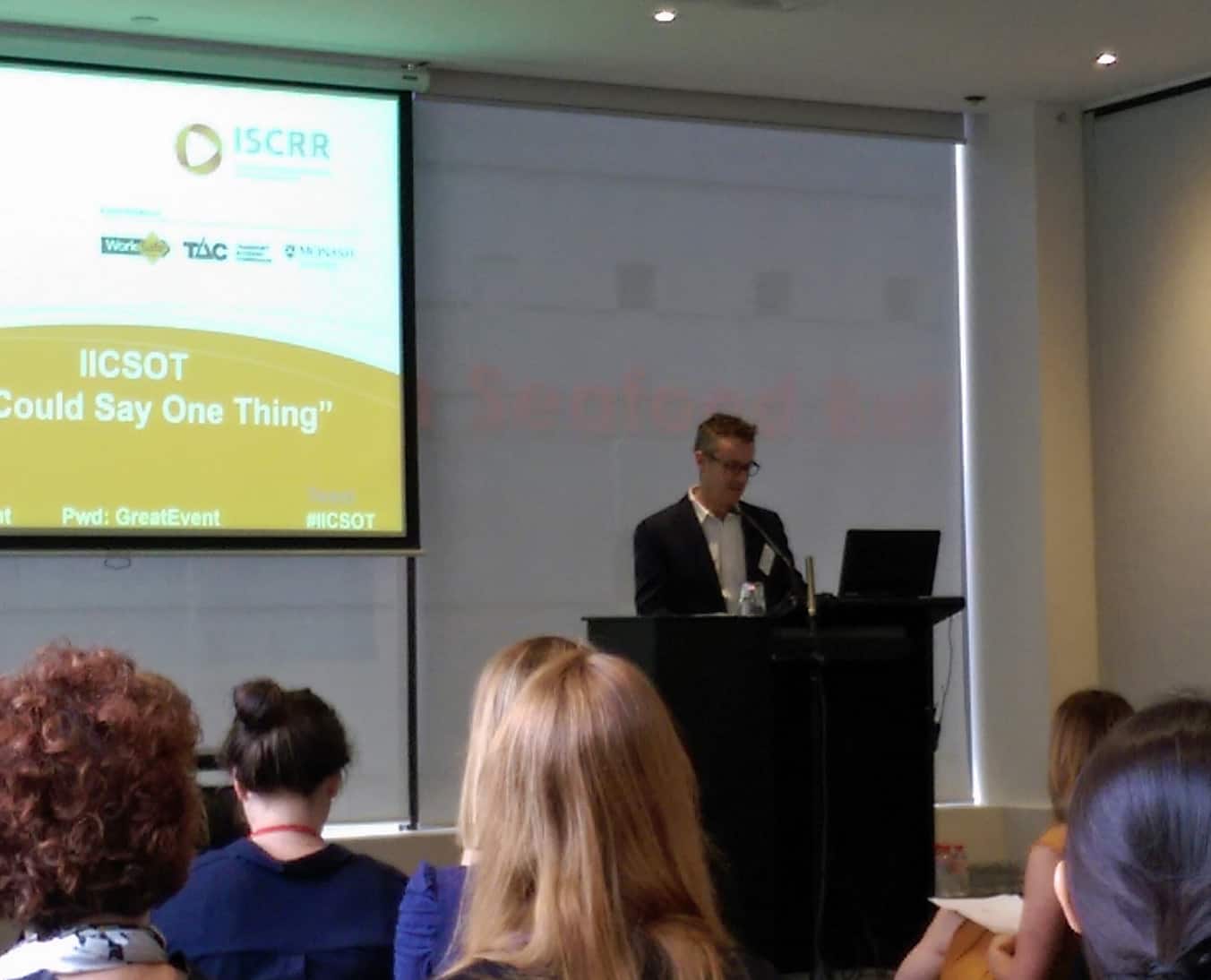 At lunchtime today, the Institute for Safety, Compensation and Recovery Research (ISCRR) conducted a short seminar of five 7-minute presentations, predominantly, from academic researchers.
At lunchtime today, the Institute for Safety, Compensation and Recovery Research (ISCRR) conducted a short seminar of five 7-minute presentations, predominantly, from academic researchers.
The most significant statistic provided was by Dr Genevieve Grant who said that only 39% of injured workers submit claims for workers compensation. The significance is that the Australian government, OHS regulators and policy makers rely on the number of claims being a measure of the level of workplace safety.
This figure illustrates the absurdity of many of the statements made about which is the safest State in Australia. One could argue from this statistic that the nation, as a whole and in reality, is over twice as unsafe as officials and politicians claim.
Recently Victoria’s Minister for Finance (and WorkSafe) Robin Scott, for example, issued a media release stating
“Victoria recorded the least number of serious injuries and disease claims out of any state.
Minister for Finance Robin Scott said the results were a testament to the due diligence and hard work of employers and workers across the state.”
The second paragraph seems ridiculous as the media release is based on national data that represents less than half of the injured workers.
There is important work occurring to address this statistical problem. In fact such work can be traced back almost twenty years when academics were complaining about the paucity of incident data and the poor quality of what was available. That such an information gap continues to exist is simply the lack of resources to the task and political will by successive governments. Regardless of which political party is in power, they all subscribe to the need for evidence-based decision making but fail to provide sufficient funds to achieve the level of statistical evidence required for sound decision making!
The 39% statistic is worth remembering when reading other OHS statements, just as the statistics about who pays most for the cost of workplace injuries should be noted.
If those who make “safety state” proclamations read this article, their language may be tempered but the appropriate response would be to invest in accurate data so that better and more valid policy decisions can be made.
Another response could be to forestall local action in favour of a coordinated national approach but this would be further procrastination and would delay any potential economic, social or productivity benefits that accurate safety data could provide.
“Safety state” rhetoric is ultimately devaluing the safety message by turning the message into cliché to which no one pays attention and a message that is seen as a political pissing contest. Workplace safety does not deserve to be treated this way.

interesting comments. Having been involved in both compensation claims and reporting processes in past for many years it is intersting to note the careful wording used here “percent of injured workers” . Does not indicate if they are work related injuries or otherwise and would obviously need to detail what the data analysis covered. Additionally how wide would the sample be, to establish those not reporting if they are work related and also what perecentage of claims are actually rejected as not being compensable in the first place or not meeting the criteria of the various legislation, for example arising out of serious and wilful misconduct. Got to thoroughly agree about comments relating to states and otehr groups making assertions as to which state is safest. too many variables in that by way of industries and related risk profiles, etc. Of course one could argue teh Vidtorian start to teh Silly season as reported on their WorkSafe website did nothing by way of incidnets reported to support the assertions.